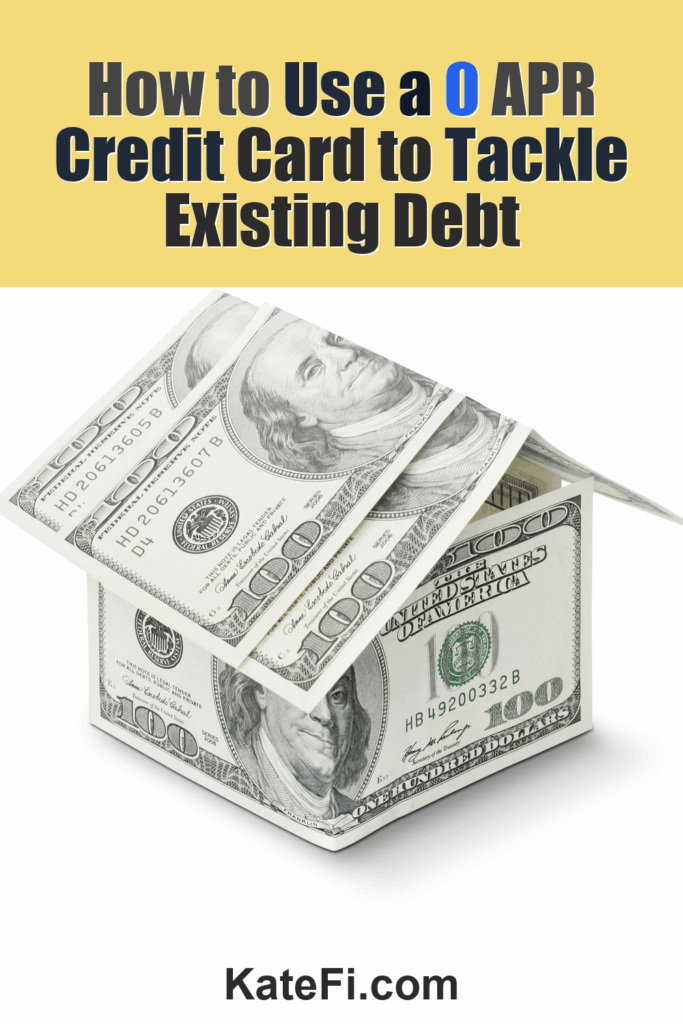7 Common Debt Types and How to Manage Them Effectively
Debt is a common reality for many people, and navigating it can feel like an insurmountable challenge. However, understanding the different types of debt and how to manage them effectively is crucial for achieving financial freedom. This blog post breaks down seven common debt types, addresses the myths surrounding them, and shares actionable tips, including how side-income micro-wins can help you accelerate your debt payoff journey.
Love our content? Show your support by following us — pretty please!🥺
FOLLOW ON PINTEREST
Hi! I’m Kate, the face behind KateFi.com—a blog all about making life easier and more affordable.
Understanding Different Debt Types
What You’ll Learn on the Call
- Estimated timeline and monthly payment range
- How credit may be affected in the short term
- What documents to gather to move faster
Not available in IL, KS, OR, TN, UT, WV.
Debt can be categorized in several ways, and knowing which type you are dealing with is the first step toward effective management. Here are seven common types of debt:
- Credit Card Debt
- Student Loans
- Medical Debt
- Auto Loans
- Mortgages
- Personal Loans
- Collections Debt
Let’s dive deeper into each type, debunk some myths, and explore strategies to manage them.
1. Credit Card Debt
Understand pros/cons of settlement vs consolidation vs DMP for your exact mix of debts.
Not available in IL, KS, OR, TN, UT, WV.
Myth: “I can just pay the minimum, and everything will be fine.”
Fact: Paying only the minimum can lead to an endless cycle of debt due to high interest rates. It’s crucial to pay more than the minimum whenever possible.
Action Tip: Focus on side income opportunities like freelancing, tutoring, or selling unwanted items online. Every dollar you earn can go directly toward paying down your credit card debt faster.
✅ See If You Qualify for Debt Relief
2. Student Loans
👉 Start Your Free Debt Relief Review
Not available in IL, KS, OR, TN, UT, WV.
Myth: “Student loans will haunt me forever; there’s no way out.”
Fact: While student loans can feel overwhelming, there are numerous repayment plans and even forgiveness options available based on your career choice.
Action Tip: Investigate whether you qualify for income-driven repayment plans or forgiveness programs. Additionally, explore side gigs that may qualify for such programs, like teaching in underserved areas.
3. Medical Debt
Myth: “I can’t negotiate medical bills; they are set in stone.”
Fact: Many healthcare providers are willing to negotiate. You can often settle medical debts for less than what you owe.
Action Tip: Side-income opportunities like pet sitting or online tutoring can help you raise funds to negotiate settlements on your medical bills.
4. Auto Loans
Myth: “I need a new car to keep up my image, so debt is unavoidable.”
Fact: Many people live comfortably without a brand-new vehicle. Consider purchasing a used car or using public transportation to save money.
Action Tip: Use any savings from cutting down on unnecessary expenses to pay extra on your auto loan. Side jobs, like ridesharing or delivering food, can provide additional income for this purpose.
5. Mortgages
Myth: “Refinancing is always the best option to reduce mortgage payments.”
Fact: Refinancing can lead to more extended loan terms and additional costs. It’s vital to evaluate your situation carefully before deciding.
Action Tip: Look for side income that can help you make extra payments on your mortgage. Even small amounts can reduce interest and principal over time.
6. Personal Loans
Myth: “Personal loans are a sign of failure; I shouldn’t have them.”
Fact: Personal loans can serve a legitimate purpose, such as consolidating higher-interest debts into a single, more manageable payment.
Action Tip: Generate extra income through gig work to pay off your personal loans faster. This not only frees up cash but also reduces interest payments.
7. Collections Debt
Myth: “Once a debt is in collections, there’s no way to improve my situation.”
Fact: You can negotiate with collection agencies. They may be willing to settle for less than what you owe.
Action Tip: If you’re able to secure extra funds through side jobs, use that money to negotiate settlements with collection agencies.
Credit Impact and What to Gather
Understanding how your actions impact your credit score is crucial when managing debt. Timely payments can boost your score, while missed payments and high credit utilization can lower it. Here’s what to gather for a faster review with a debt relief service:
- Recent pay stubs
- Bank statements
- Credit card statements
- Loan statements
- Collection letters (if any)
Being organized with these documents will expedite your consultation process.
✅ See If You Qualify for Debt Relief
Myths About Debt Relief: Breaking Them Down
Understanding debt relief can often be clouded by misconceptions. Let’s clear up some common myths:
- Myth: “Debt relief services are scams.”
- Fact: Reputable debt relief services, like those available through KateFi, can offer genuine assistance and may help you settle debts for less.
- Myth: “Only those in financial ruin can seek debt relief.”
- Fact: Anyone struggling with debt can benefit, regardless of how dire their situation is.
- Myth: “Debt relief will ruin my credit score.”
- Fact: While there may be a temporary dip, many individuals see improved scores post-relief due to reduced debt levels.
- Myth: “I have to pay off all my debt before I can seek help.”
- Fact: Consulting with a debt relief expert can often provide a roadmap for managing your current debts effectively.
- Myth: “All debt relief options are the same.”
- Fact: Options vary significantly; a consultation can help you choose the best path for your unique situation.
- Myth: “I’ll be in debt forever.”
- Fact: With effective management and relief options, many individuals successfully eliminate their debts.
- Myth: “Debt relief is too expensive.”
- Fact: Many services are structured based on your situation, ensuring accessibility regardless of your financial condition.
✅ See If You Qualify for Debt Relief
Practical Checklist for Managing Debt
Here’s a simple checklist to guide you through effective debt management:
- Evaluate Your Debts: List all debts, including balances and interest rates.
- Create a Budget: Assess your income versus expenses to find areas to cut back.
- Explore Side Income: Consider freelance work, part-time jobs, or selling items online.
- Negotiate Debts: Reach out to lenders or service providers for possible lower rates.
- Consult with Experts: Schedule a free consultation for personalized debt relief strategies.
By understanding the different types of debt, addressing the myths surrounding them, and exploring side-income opportunities, you can take charge of your financial future.
Don’t let debt dictate your life. Empower yourself with knowledge and support. To take the first step toward effective debt management, consider getting a free consultation to review your options.
Important: This content is for education only—not legal, tax, or financial advice. Results and eligible programs vary by situation and state. Fees apply if you enroll and complete a program. Debt relief can affect credit; missed payments may lead to collections/lawsuits. Not available in IL, KS, OR, TN, UT, WV.






















